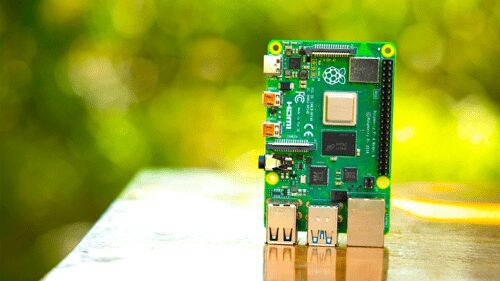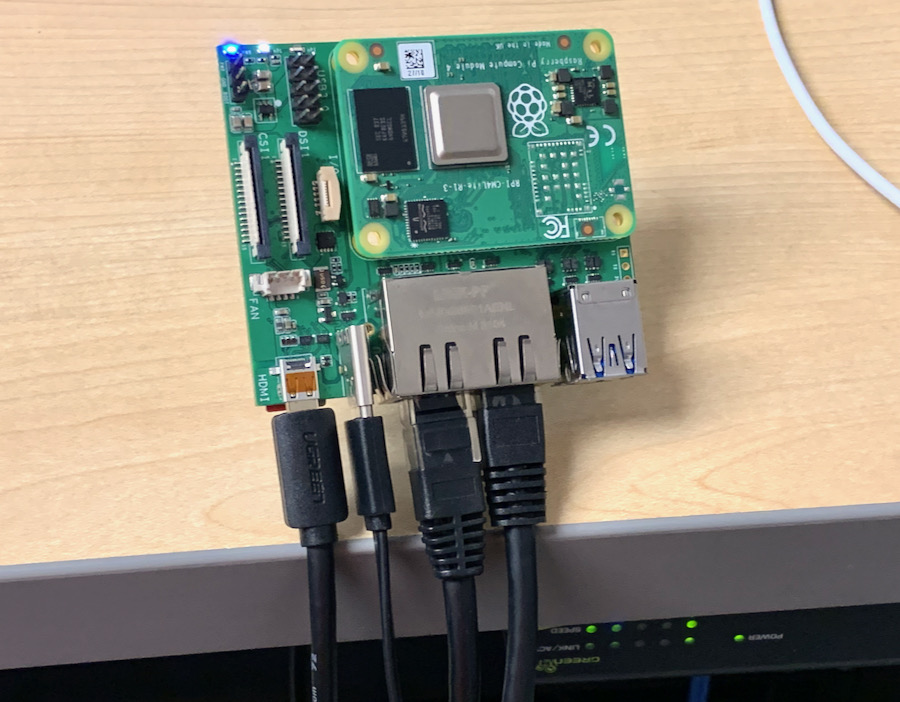

Now that you’re in the file, add the following lines at the end: interface wlan0 Start editing with this command: sudo nano /etc/nf Interface by editing the dhcpcd configuration file. Given that assumption, let’s assign the IP address 192.168.0.10 to the wlan0 Step 3: Configure a static IP for the wlan0 interfaceįor our purposes here, I’m assuming that we’re using the standard home network IP addresses, like 192.168.#.#. We’re going to edit the programs’ configuration files in a moment, so let’s turn the programs offīefore we start tinkering: sudo systemctl stop hostapd hostapd is the package that lets us create a wireless hotspot using a Raspberry Pi, and dnsmasq is an easy-to-use DHCP and DNS server. To get them, just type these lines into the terminal: sudo apt-get install hostapdīoth times, you’ll have to hit y to continue.

These are the two programs we’re going to use to make your Raspberry Pi into a wireless access point. If you get an upgrade, It’s a good idea to reboot with sudo reboot. Then plug everything in and hop into the terminal and check for updates and ugrades: sudo apt-get update Step 1: Install and update RaspbianĬheck out our complete guide to installing Raspbian for the details on this one. All we’re really doing is using Raspbian and installing a couple packages that give the Pi the ability to do router-like things like assign IP addresses to devices that connect to it. We’re going to get into the command line a bit here, but this project isn’t really all that difficult.

How to use your Raspberry Pi as a wireless access point It’s not the most powerful thing in the world, but it does work, and the project is a lot of fun. It can take the place of a ton of different (and more expensive) devices – including a router! If you turn your Raspberry Pi into a wireless access point, you can make it act as a router. The Raspberry Pi can do a lot, especially now that the new Raspberry Pi comes with wireless capabilities already on board.


 0 kommentar(er)
0 kommentar(er)
